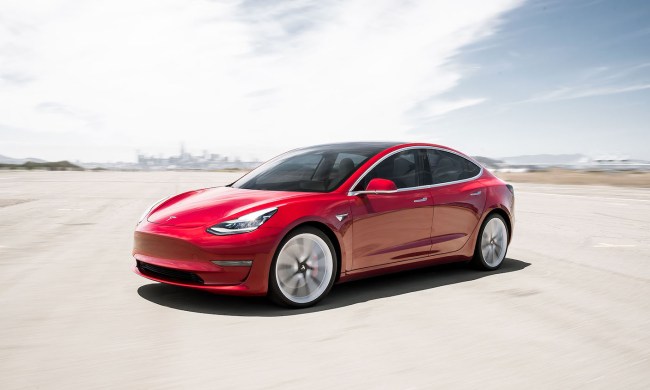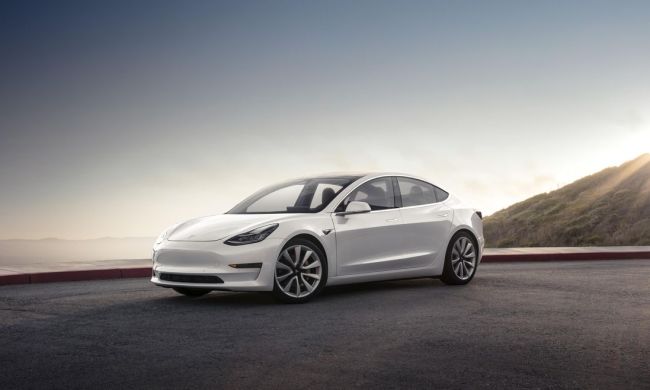The BMW i4 and Tesla Model 3 are two of the hottest electric cars on the market today. Both vehicles offer a range of features designed to make driving easy and efficient, as well as attractive styling. But each has its advantages and disadvantages, and there is much that sets them apart in terms of performance, technology, convenience, and cost.
Deciding between the two? That’s why we’ve put together this guide. Here are the differences and similarities between the Tesla Model 3 and BMW i4, and why you might want one over the other.
Design

Take one glance at these cars side by side, and the aesthetic differences become immediately obvious. The Tesla Model 3 looks … like a Tesla. It has a sleek, modern look that’s distinct from most other cars on the road, and that’s similar to the overall design of Tesla’s other cars (except for the upcoming CyberTruck). Some argue that the design is starting to get a little tired, given the design language has been in use by Tesla since the Model S was first launched in 2012. Others still love the way it looks.
The BMW i4 has a more traditional design, with curved lines and classic styling. You won’t mistake it for anything other than a BMW, thanks to the signature kidney grille and the iconic BMW logo. That kidney grille, of course, has been controversial, considering how big it has become over the past two years. I personally don’t mind it anymore, but others may disagree. Of course, there are a few different models of BMW i4, and they offer slight tweaks to design — but those mostly boil down to accents and wheels.
So is one design better? Not really. It all depends on personal preference.
Interior and tech
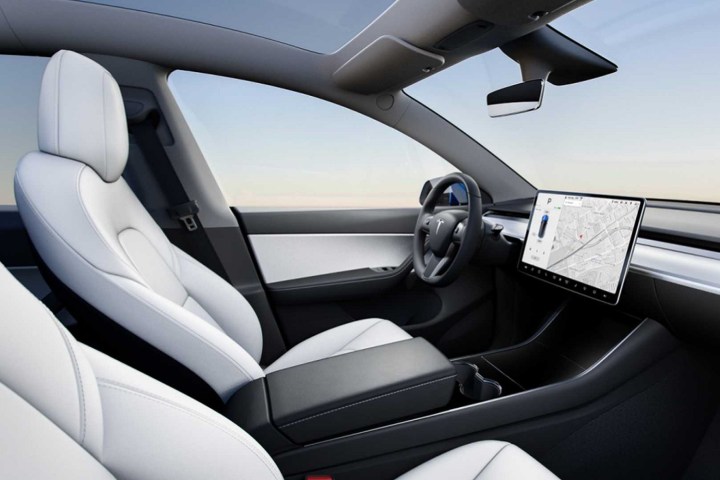
The interiors of these cars are pretty different too. The Tesla Model 3 has a minimalistic design, with a large central display that controls just about every aspect of the car. It also has a few physical buttons and knobs in certain areas, like on the steering wheel, but the screen is mostly how you’ll control different aspects of the car.
The BMW i4’s interior is much more traditional, with proper physical buttons and knobs for controlling various aspects, as well as a large display that is connected to the navigation system. It’s much more driver-focused, but it does take some getting used to if you’re accustomed to Tesla’s minimalist design. BMW’s interior also feels more premium, with more comfortable seats and more luxurious highlights. That doesn’t mean it’s better though — many prefer the Tesla’s minimalism.
While some may not love the fact that the Model 3 is controlled largely through the touch screen, Tesla has at least done a good job at developing its software. The Tesla Model 3 has one of the best in-car operating systems out there, with a smooth and intuitive user interface. It also offers features like over-the-air updates, which allow you to get new features and bug fixes without having to go to the dealership.
The BMW i4 is much more traditional in its approach to tech. BMW’s iDrive platform has gotten better over the years, but it’s still not as well-designed or as intuitive as Tesla’s software. Thankfully, you can use CarPlay and Android Auto, so you don’t really have to interact with the BMW software if you don’t want to.
Performance
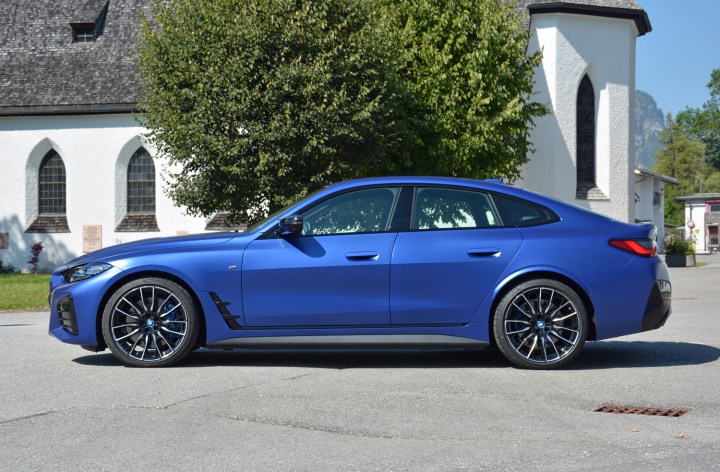
The Tesla Model 3 is the clear winner when it comes to performance. It’s available with a range of different battery sizes and motor configurations, so you can get a version that suits your needs. The most powerful variant, the Performance model, has two motors that allow it to accelerate from 0-60 in just 3.1 seconds, making it one of the quickest cars on the market. The base model isn’t quite as quick, with one motor that can get it from 0-60 in 5.8 seconds. The base model has a range of 272 miles, while the performance model steps that up to 315 miles. Tesla isn’t currently selling the so-called Long Range model, but that could change soon.
The BMW i4 is no slouch either. There are a number of different BMW i4 models to consider. There’s the BMW i4 eDrive35, which can accelerate to 60 in 5.8 seconds, the i4 eDrive 40, which gets there in 5.5 seconds, and the sportier i4 M50, which gets to 60 miles per hour in only 3.7 seconds. The range varies from 270 miles on the M50 to 335 on the eDrive40.
No matter which car you get, you’ll get that zip and pace that electric cars are known for. You’ll also get a decent range — though those really worried about range should consider getting either the Model 3 Performance or the BMW i4 eDrive40.
Pricing and availability
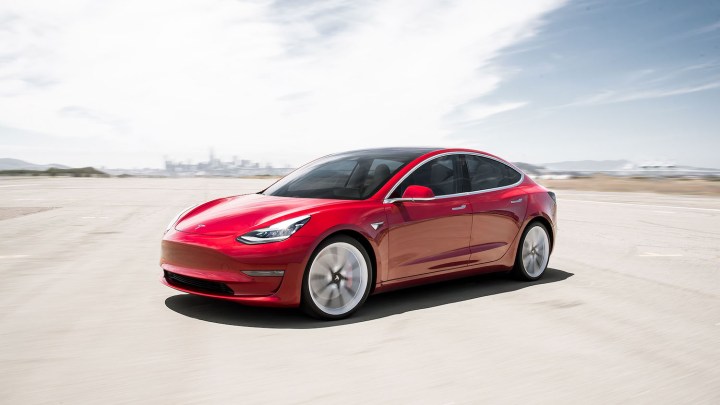
The Tesla Model 3 starts at around $40,390, while the top-spec Performance model costs around $56,390. The BMW i4 starts at a much higher price of $51,400 for the eDrive35, and goes up to $67,300 for the top-of-the-line M50 variant, though options could push that price even higher.
As for availability, the Tesla Model 3 is much more widely available than the BMW i4. You can find a Tesla in pretty much any state, whereas the BMW i4 is currently only sold in some states, and you may have to wait for your local dealership to stock it.
Conclusions
So which is better? Ultimately, it depends on what you’re looking for in an electric car. The Tesla Model 3 offers a slick and minimalist design, great performance, and good value for money, at least as far as EVs go. The BMW i4 has more traditional interior styling and looks more like a BMW on the outside, plus its performance is almost as good when you consider the range of different models available.
If you want a traditional-looking car with excellent electric performance, go for the BMW, but if good software and a more modern design are your thing, the Model 3 is a great car.

